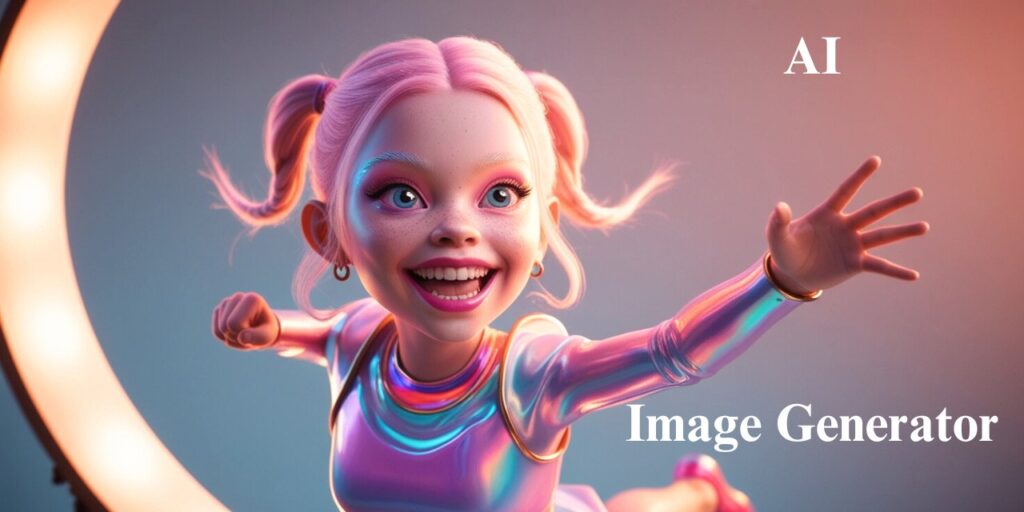In today’s digital age, technology has revolutionized the way we view and enhance images and videos. AI upscaling is a groundbreaking innovation that transforms low-resolution visuals into stunning high-resolution content. But how does AI upscaling work, and why is it such a game-changer? Let’s dive into the details.
What Is AI Upscaling?
AI upscaling is a process that leverages artificial intelligence and deep learning algorithms to improve the resolution and quality of images or videos. Unlike traditional upscaling, which merely stretches an image, AI upscaling analyzes and predicts the most accurate details to fill in the gaps, resulting in sharper and more realistic visuals.
How Does AI Upscaling Work?
The process of AI upscaling involves several intricate steps:
1. Data Analysis and Training
AI upscaling relies on neural networks trained on vast datasets of high-resolution and low-resolution images. These datasets help the AI understand patterns, textures, and edges in visual content.
2. Deep Learning Models
Advanced deep learning models, such as convolutional neural networks (CNNs), process the low-resolution input. The AI identifies features, such as shapes and colors, and predicts how they should appear in high resolution.
3. Prediction and Reconstruction
The AI algorithm predicts the missing pixels by using learned data from the training phase. It reconstructs the image by filling in these pixels, enhancing details and textures.
4. Post-Processing
After prediction, the AI applies smoothing and noise reduction techniques to ensure the output image looks natural and free from artifacts.
Benefits of AI Upscaling
1. Enhanced Visual Quality
AI upscaling produces sharper and more detailed images, making it ideal for 4K and 8K displays.
2. Cost-Effective
It eliminates the need for expensive high-resolution cameras by improving low-resolution footage.
3. Applications Across Industries
From gaming and streaming to medical imaging and film restoration, AI upscaling is widely used.
Challenges of AI Upscaling
Despite its advantages, AI upscaling faces some challenges:
- Processing Power: High computational resources are required for real-time upscaling.
- Accuracy Limitations: The output quality depends on the training data; insufficient datasets can lead to less accurate results.
- Artifacts: Over-enhancement can sometimes result in unnatural visuals.
Real-World Applications of AI Upscaling
- Streaming Platforms: Enhancing video quality for platforms like Netflix and YouTube.
- Gaming: Improving graphics in real-time for an immersive experience.
- Photography: Restoring old photos with better clarity.
- Healthcare: Enhancing medical imaging for accurate diagnoses.
FAQs on AI Upscaling
1. What is the difference between traditional and AI upscaling?
Traditional upscaling stretches images, often resulting in blurry visuals. AI upscaling uses deep learning to predict and enhance details, creating sharper images.
2. Can AI upscaling work on videos?
Yes, AI upscaling works on both images and videos. It enhances video frames individually to produce high-resolution playback.
3. What tools are available for AI upscaling?
Popular tools include Topaz Gigapixel AI, Waifu2x, and NVIDIA’s DLSS (Deep Learning Super Sampling).
4. Does AI upscaling work in real-time?
With advanced GPUs, AI upscaling can be performed in real-time, especially in gaming and streaming applications.
5. Is AI upscaling suitable for professional use?
Absolutely! Industries like filmmaking, gaming, and healthcare are extensively using AI upscaling for professional purposes.
Conclusion
AI upscaling is a revolutionary technology that bridges the gap between low-quality and high-resolution visuals. By leveraging the power of artificial intelligence, it not only enhances image quality but also opens new possibilities across various industries. As AI continues to evolve, the future of upscaling promises even greater advancement
Hi, I’m Sourav, living near Kolkata. I graduated from Burdwan University and for the past five years, I’ve pursued my passion online as a content creator and web designer. I particularly love diving into research to write blog content that genuinely helps people.



